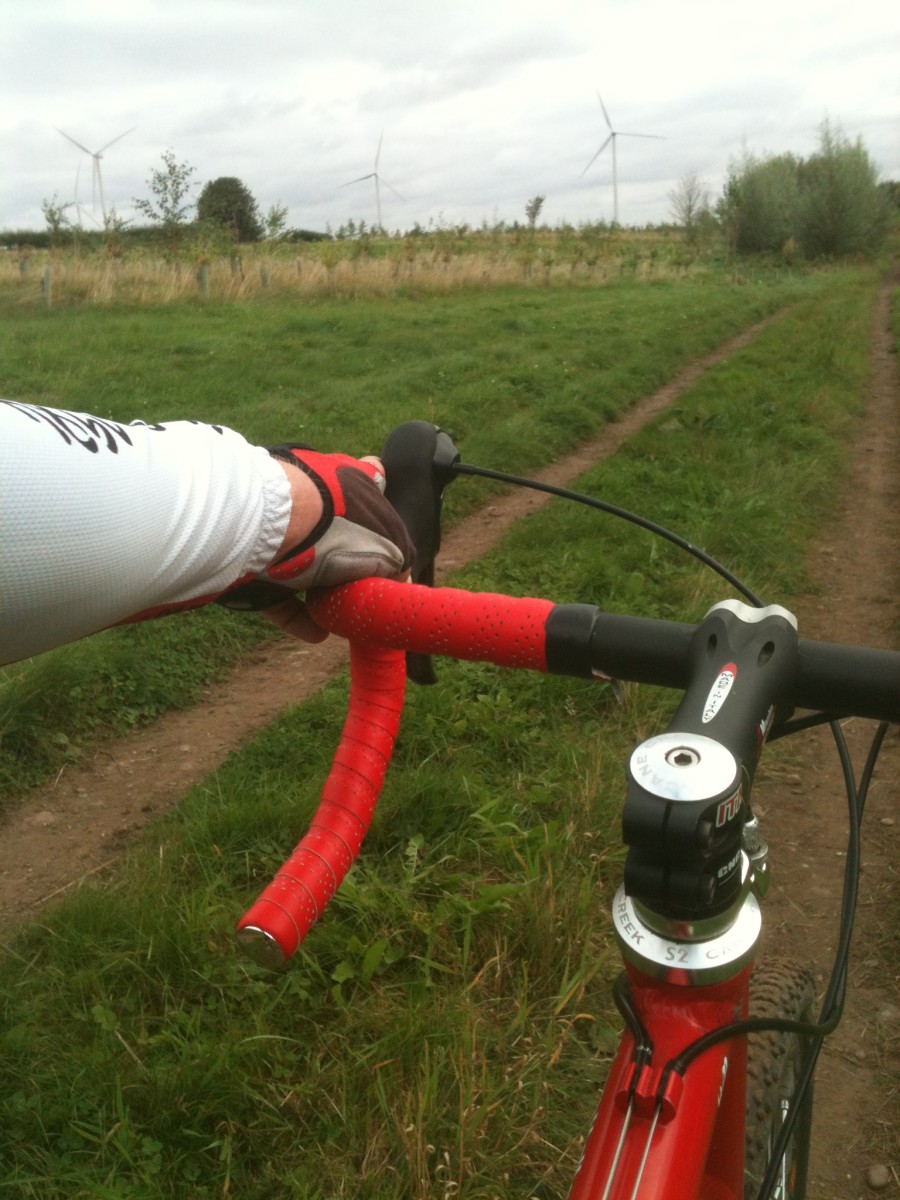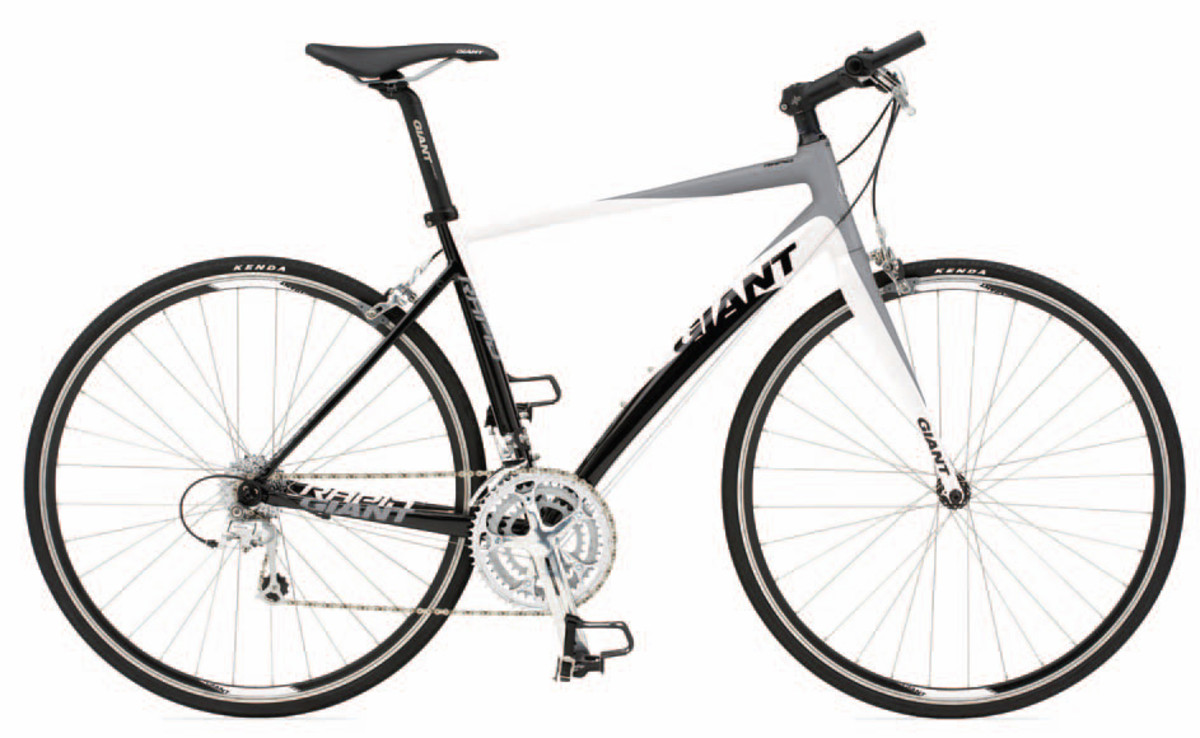Mountain Biking: Full Suspension or Hard Tail?

The first mountain bike appeared in the market in 1966. Since then, mountain bikes have undergone revolutionary changes with the advancement of technology. These days, there are so many different types of mountain bikes available that it can often be overwhelming to decide what to look for. The wide variety of mountain bikes available cater for the wide and varied individual requirements of today's mountain bike riders, such as riding style and competitive discipline.
To determine which is the most suitable mountain bike for you, you need to decide what you will be using your mountain bike most often for. Mountain bikers today participate in cross-country, all-day endurance biking, freeride-biking, downhill mountain
biking, track and slalom, and other styles of mountain bike riding.
Mountain bikes can be broadly categorised under four different categories based on suspension, or lack of it. These categories are: rigid, hardtail, soft tail, and dual/full suspension.
Types of Mountain Bikes
The main differences between the types of mountain bikes available is essentially in the type of suspension or the lack of suspension they have. Some bikes have no suspension, some have partial suspension and others are full suspension.
Mountain bikes with suspension (regardless of whether it is full or partial) in a bicycle, especially a mountain bike, is that it provides a system of suspending the rider in order to protect them from the roughness of the terrain they are riding through.
Similarly to effectiveness of the suspension in a car, this can be the difference between a rough and bumpy ride compared to a smoother one.
1. Rigid Mountain Bikes
Rigid mountain bikes are made from a frame with a rigid fork and fixed rear. They have no suspension at all. They are essentially the most affordable of mountain bikes and because of the lack of a suspension mechanism they are generally lighter as well. Rigid mountain bikes also tend to pedal more efficiently compared to the suspended mountain bikes, however, recent advances in mountain bike technology have corrected some of the problems associated with pedal efficiency in the suspension-type mountain bikes.
2. Hardtail Mountain Bikes
Hardtail mountain bikes are made with only the front wheel suspended. The frames have a front suspension fork, while the rear wheel is fixed. For obvious reasons, these cost more than the rigid mountain bikes.
3. SoftTail Mountain Bikes
These bikes come with a small amount of rear suspension. Unlike other mountain bikes with suspension, they are generally fairly light. This is because the suspension system has no moving parts. Instead, suspension is activated by the flex of the frame. Soft tail mountain bikes have largely fallen out of favour among mountain bike riders because of limitations in the design.
4. Full Suspension Mountain Bikes
In full suspension mountain bikes, both wheels are suspended. These bikes come with a front suspension fork and a rear suspension that allow the rear wheel to move on pivots. The main benefits are greater comfort and better overall control. Due to the suspension system, they are not only more expensive but also heavier (about 2 pounds more than the rigid bikes).
That said, you can still reduce the weight of a full suspension mountain bike, however, it is usually at a steep price. Changing various components of your mountain bike, such as the saddle, the seat post or the handle bars can make a difference to the overall weight of your bike.
Full Suspension or Hardtail Mountain Bike?
For most mountain bikers, the question of choice when it comes to buying a mountain bike often lies between the full suspension and the hardtail mountain bike. So what are the differences between the two types of mountain bike?
The cost
Full suspension bikes will be harder on your wallet than a hardtail mountain bike.
Suspension
Full suspension bikes have both wheels suspended, whereas in the hardtails, only the front wheel is suspended.
Bike Weight
Full suspension bikes weigh more than hardtail bikes, although you can lighten your full suspension bike for a price.
Pedaling Efficiency
Hardtail mountain bikes generally have better pedaling efficiency because the suspension mechanism of the full suspension bikes reduce pedal power slightly.
Speed
Being lighter overall, you can generally get more speed from a hardtail. However, you make alterations to your full suspension bike to improve its speed limitations.
Uphill/Downhill Terrain
If you are climbing hills, hardtails will serve you better. Full suspension bikes, on the other hand, give better downhill riding control.
Maintenance
Since they contain more complex parts, full suspension bikes will require more maintenance compared to a hardtail.
Comfort
Just as you would get a smoother ride from a car with better suspension, a full suspension bike is more comfortable than riding a hardtail.








